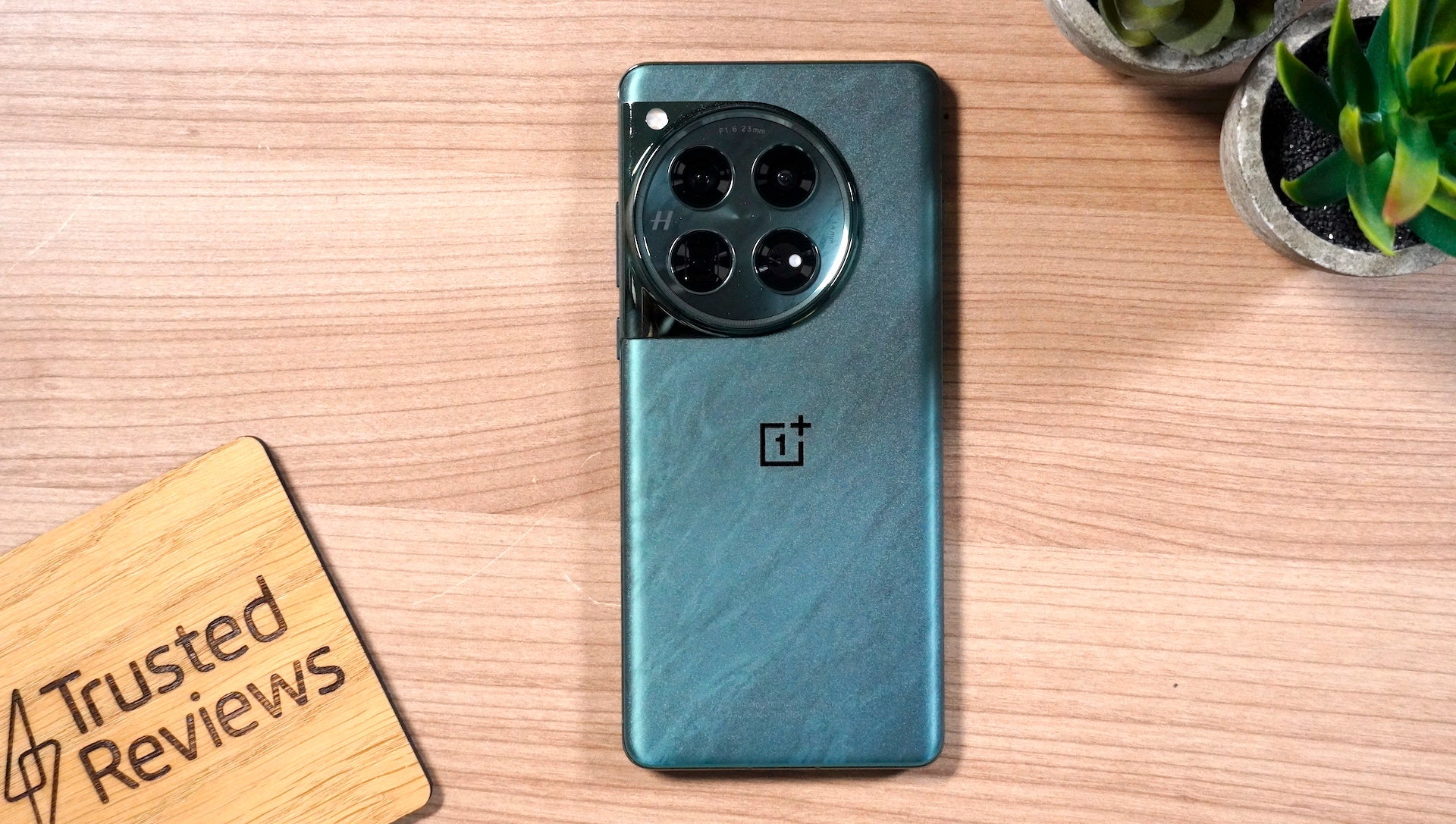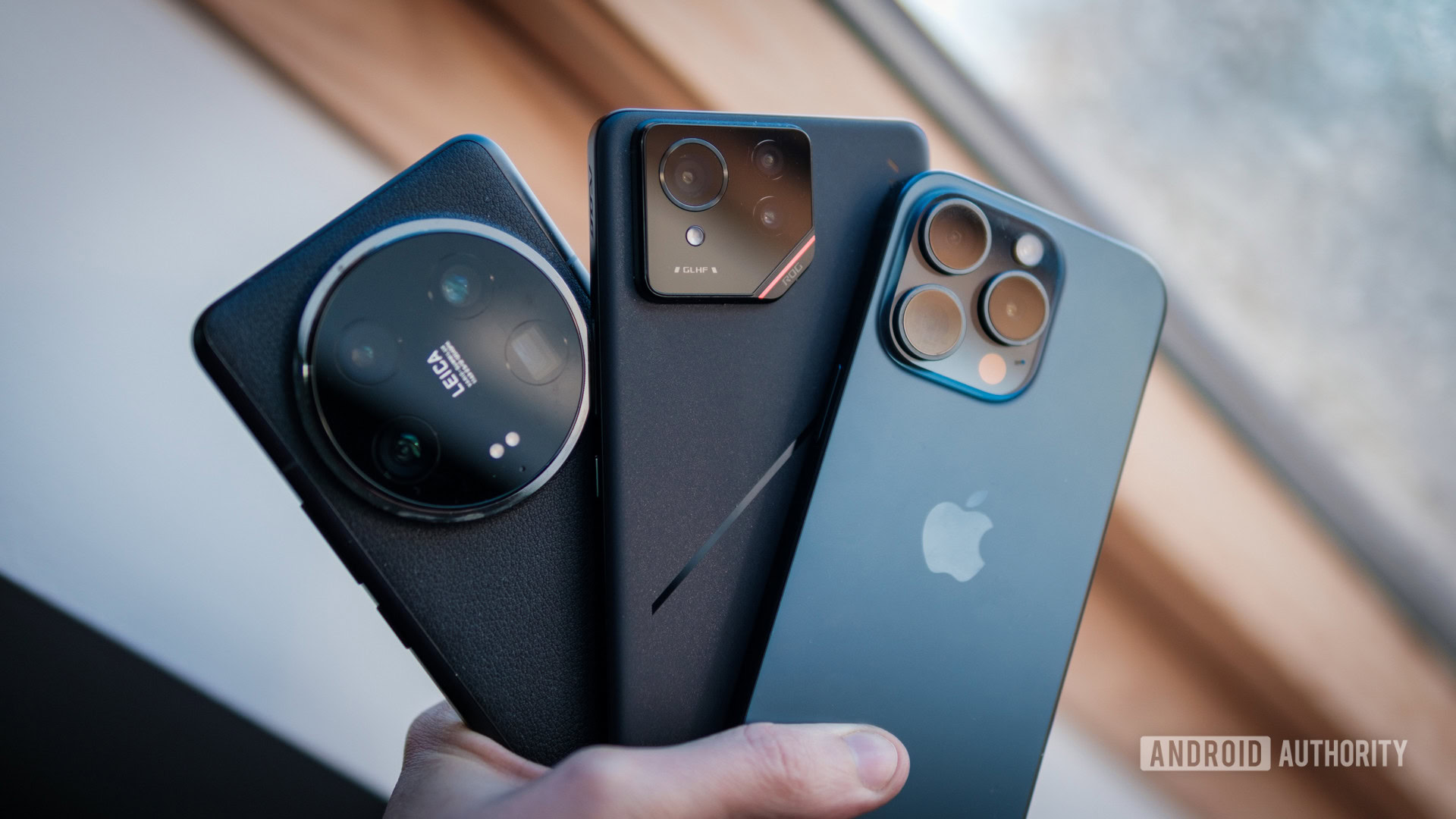Many of you would remember our extensive coverage of privacy focused tools over the past year. VPNs, cloud storage, web browsers, even workspaces. Proton, the Swiss tech company, has always figured prominently in those conversations. Rightly so too, as the company has spent most of the past year putting together an ecosystem of services that would give users a direct alternative to anything Google or Microsoft serves up. Like for like, so to say, and there;’re almost there. Mail, calendar, password manager, cloud storage, a VPN and for those for whom it matters, a bitcoin wallet too. What caught my attention this week, is Proton detailing their roadmap for 2025.

Proton Mail, which they allege Google is suppressing in Search results (I have no way to verify this, my searches in incognito and on a number of devices doesn’t illustrate any tell-tale signs), will see improvements with phishing and spam detection, a revamp of the Android and iOS apps as well as added functionality including setting Proton Mail as the default email app on a Windows PC. Calendar will soon handle video conferencing links. Proton Drive recently got Proton Drive for Business. Next on the agenda are improvements to collaboration, and Proton says even users who don’t have a Proton account, will be able to collaborate on documents, via public links. No surprise Proton wants to ensure traction for its Docs product, and that’ll get new formatting tools and fonts, among other additions. There will be a new Proton Drive app for macOS (I can attest, the current one is barebones).
A few days ago, Proton VPN’s roadmap was also clarified, and the headline incomings are ARM support for Windows PCs (this is great news for the new and upcoming Qualcomm Snapdragon Elite devices), new apps for iOS and iPadOS as well as Windows, optimizations for video streaming platforms, guest mode on iOS (Android already has it), split tunneling on macOS and then Linux, and expanded IPv6 support. I talk about these announcements now, because rarely do tech companies these days give a glimpse of what they have in store, months in advance. It is a positive change, and for Proton users, reassuring that product development continues at rapid pace.
Privacy conversations, and Proton’s initiatives…
SOUND
There have been some visually appealing speakers over the years, ones that have completely taken a different route with the visual element. Bowers & Wilkins’ Zeppelin has always remained on the desired list. That’s an example of what I’m talking about. It may be a first generation at such a design, by a brand you wouldn’t immediately recall when considering good audio. But for what it finally turns out as, the Honeywell Aviator Hi-Fi speaker system. The proposition, at around ₹39,999 is clear—it is battling for the same sort of space and attention as speakers from brands including Marshall, JBL, and Sonos. That’s the deep end of the pool, if ever there was one. To that point, the Aviator not only holds its own, but does it with the sort of likable eccentricities that you’d often with almost perfect audio.
The rather unique design looks good, particularly in dark grey (the other option being a brighter, just grey). It does prove to be a conversation starter when guests come over (and after they hear some pristine tunes streaming into the ambience). Connectivity is Bluetooth, wired, and you’ll probably take some time to get to terms with this eccentricity—Lossless Booster Dongles for USB-C devices and the earlier generation iPhones that have the Lightning ports. Basically, don’t lose this dongles if you wish to stream high-resolution quality music from your phone or tablet. That is Honeywell’s way of bypassing the additional costs involved with Apple AirPlay and Google Cast certification and hardware. It is an additional step, which sits uneasily in this day and age, but one you wouldn’t mind most of the time.
It is a five audio driver system in play, and it doesn’t take long to become clear that the Honeywell Aviator has the requisite foundations to match the illustrious competition it intends to keep up with. Acoustics are on point for most music genres, with most of my experience with lossless wireless streaming (Apple Music is the port of call), and part with Bluetooth 5.3 in use with YouTube Music. It shines in particular with the tracks that require the system to flex lower frequency prowess in particular. There is that clean-ness of bass which gives mids and vocals their room. At no point does the bass feel unnaturally boosted for thump, and neither does it sound restricted within some virtual boundaries.
The one aspect where the Honeywell Aviator could have done better is with vocals when listening to a podcast, for instance. It just falls short of what you’d feel is the ideal fidelity for voices. Alongside, I must note, the lack of a companion smartphone app for a speaker that costs as much simply feels out of place. All things considered, it wouldn’t at all be outlandish to place the Honeywell Aviator in the same shortlist of premium audio, as the aforementioned competition. It is almost there, and like I said, the little quirks add to its personality. Something Sonos has lost over the years.
AIR

We must talk about air pollution. Even more so, because I view it from the uncomfortably hazy perspective of a Delhi based human being. The air quality outdoors keeps shifting between hazardous, very severe and if we are lucky on some days, very poor. It is an annual exercise in futility, and every year, friends and family (once they find themselves in the deep end of this pool) ask for air purifier recommendations. That is the cue that awareness has spread to more among the population (a mere silver lining in this dark cloud). I tried to decode how to go about this for homes (and applicable for offices too), including simpler air purifiers, of which there are many a choice. The issue I’ve noticed, most people often get it wrong in terms of the purifier capacity or specifications and the room size it’ll be placed in. Secondly, the brand matters, because that is directly related to the quality of filters which will be at work. I always say, Philips, Dyson, Xiaomi, Nirvana Being and Blueair, make some of the better air purifiers among the countless choices you’ll find on shopping websites and the ones the salesperson will insist at a store.
A solution that’s gaining traction is filtered ventilation (as against passive ventilation, that air purifiers mostly do). The thing is, it is still expensive, as I’ve illustrated with an example of the fine solution that Breathe Easy Labs have developed to work with IQAir purifiers. But for those who can afford it, and for homes that physically allow for such a solution, it may just be worth the money you spend. Its premise—pull in the outside (albeit very polluted) air through a duct, run it through a series of filters and then release the purified version into the room.
There is more innovation to be seen in the indoor air treatment space. Nirvana Being’s latest generation MESP purifier replaces HEPA with a Micro-electrostatic Precipitator or MESP filter, reduces cost of filter replacement by making this filter washable. MESP is a honeycomb structure of metallic tubes that have an insulation coating generating electrical fields within the tubes – pollutants are charged particles and get pulled towards these tubes (eventually stuck). Periodically, wash this with running water. HEPA filters are a composition of fibers, mostly polypropylene, borosilicate and fiberglass, cannot be washed.
Another Indian company Airth along with IIT Kanpur and IISc Bangalore, has developed HEPA filters for split air-conditioning units too, with different configuration for enhanced filtration during higher pollution winter months. These are easy to install, and cost around ₹2,199 whilst converting your existing AC into an air purifier. This will be relevant come the summer months.
The IQAir Atem X, which Breathe Easy sells in India (that’s around ₹1,69,000) has evolved the traditional HEPA methodology further, to create the HyperHEPA HF filter. It is a 3D multi-layer construction that will minimize airflow resistance but retain the sort of error-free filtration performance you’d expect from an expensive air purifier.
Some of the best new air purifiers, assessed…
KNOW
- By the time you read this, the political and security landscape in Pakistan may be completely different from what it is, as I write this. But the takeaway emerging is, VPN usage in the country is seeing a significant spike even though there are restrictive guidelines incoming for that too. The data from Simon Migliano, Head of Research at Head of Research at Head of Research at Top10VPN.com illustrates that as of Nov 25, VPN usage in Pakistan has increased by more than 100%, compared to the daily average from 28 days prior. This would be to circumvent social media restrictions that are in place. The trajectory may continue, at least for the foreseeable future.
- This is a suspicion I’ve harbored for a while now, but Elon Musk may have simply confirmed that posts with links in them are not given as much priority on the feed, as the algorithm would for other posts. This, he happened to mention, in a reply to a post lamenting X’s algorithmic changes. In essence, by reducing visibility of posts with links which in effect made X an effective news gathering and reading platform, curbs its effectiveness as that.

- Nvidia has released what they call an experimental generative AI model called Fugatto, short for Foundational Generative Audio Transformer Opus 1. They call it “a Swiss Army knife for sound.” Basically, you can use text prompts to create new audio or also to modify existing music, voice and sound files. Nvidia talks about the multi-accent and multilingual capabilities that the model already has been able to achieve. Of course, it’s impossible to get through a week without a big step forward for AI. As “experimental” means, we don’t have a clear guidance on when this will be available for general usage.











